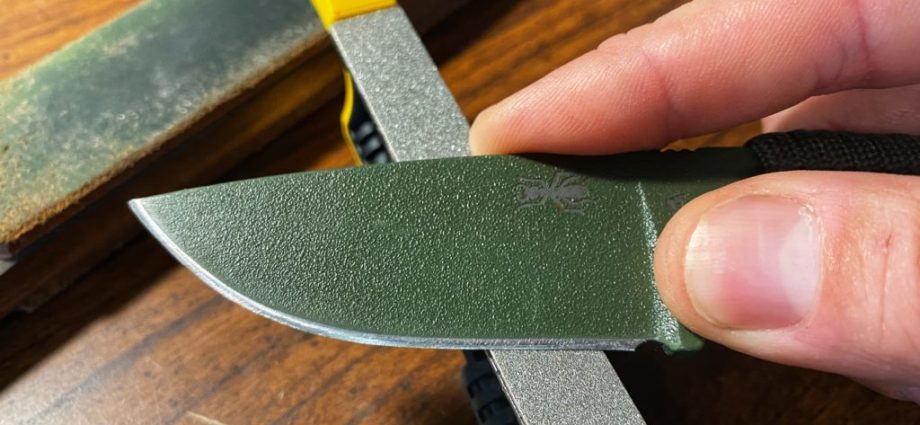In the heart of London, where the culinary scene is as diverse as its inhabitants, mastering the fine art of knife sharpening is a skill that stands out on its own. If you’re looking to slice through a juicy steak or chiffonade basil like a pro, knowing your knife edge angles is as essential as the knife itself.

Now, the angle at which you sharpen your blade isn’t just a random number. It’s the difference between a blade that glides through a ripe tomato with ease and one that squashes it into a pulpy mess. Knife edge angles are measured in degrees, and the magic numbers typically range from 10 to 20 degrees on each side.
Imagine this: you’re in a quaint London market, picking up fresh produce for your next culinary experiment. You’ve got your chef’s knife, but does it have the right edge angle? For robust knives like those meant for chopping and dicing, a 20-degree angle on each side provides durability. It’s sturdy, reliable, and won’t shy away from a challenging root vegetable.
But perhaps you fancy preparing sushi at home, channeling the spirit of a Tokyo sushi master. A delicate sashimi knife will often have a finer angle, sometimes as sharp as 10 degrees on one side, because it’s designed for precision, not for hacking through bones or tough fibers.
Now, let’s add a pinch of London’s melting pot culture to the mix. If you’ve ever tried your hand at butchering, maybe inspired by a visit to the famous Smithfield Market, you’ll want a boning knife with a bit more flexibility. This might mean sharpening it to an angle that’s somewhere between a chef’s knife and a sashimi knife.
Maintaining these precise angles can be a bit of a hat trick, but with practice, it becomes second nature. You can use a honing rod for daily maintenance, which realigns the edge of the blade, ensuring that it stays at the optimum angle for longer.
